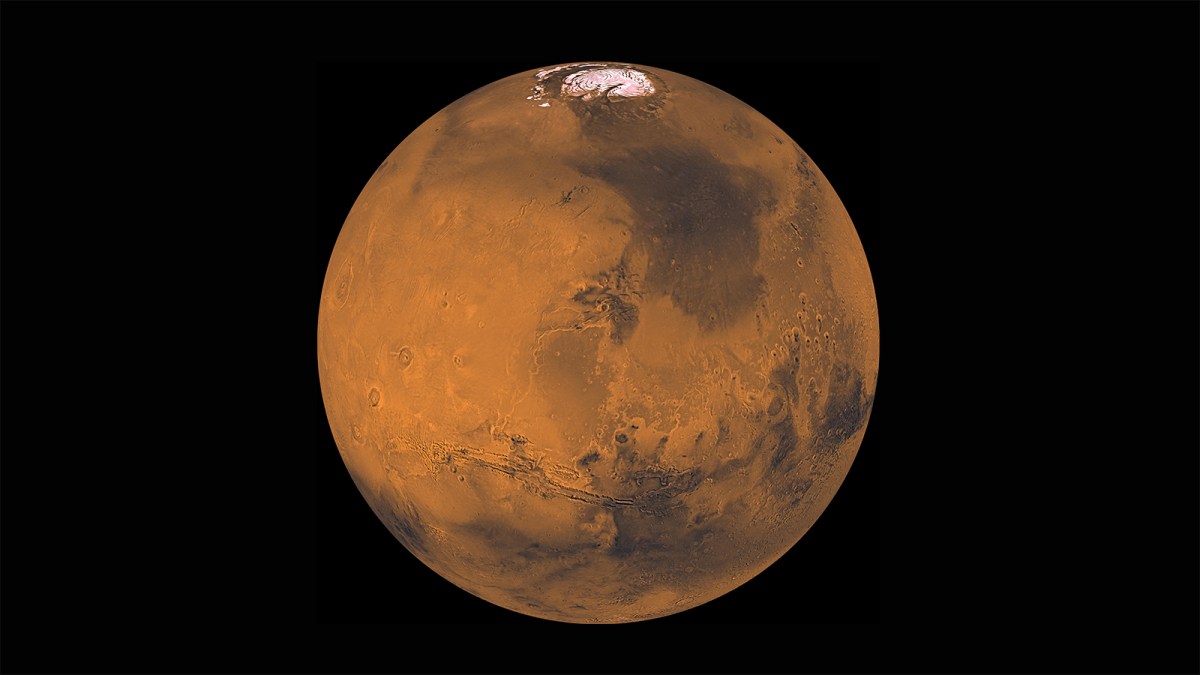For the last five years, small groups of people have driven up the northern slope of Mauna Loa, or “the Long Mountain,” a colossal volcano that covers half of the big island of Hawaii. At 8,000 feet above sea level and miles away from any sort of civilization, it feels more like Mars than Earth. Which is exactly why these people are going there—their job is to spend months pretending like they really are on Mars. Researchers are studying their experiments to learn how human beings would do on a mission to the real thing. While there, the participants eat freeze-dried food, use a composting toilet, take 30-second showers to conserve water, and never step outside of the outpost’s little white dome without a space suit and helmet. They really cannot communicate with anyone in the outside world.
This February, a group of four made their way up the mountain and settled in for an eight-month stay. This time, just four days into the mission, one of them was taken away in a stretcher and hospitalized. The remaining crew members were evacuated and only returned to the environment to pack up their stuff. The area has remained empty since, as the University of Hawaii, which runs the program, and NASA, which funds it, try to figure out how everything went so wrong.
Thanks for reading InsideHook. Sign up for our daily newsletter and be in the know.


















